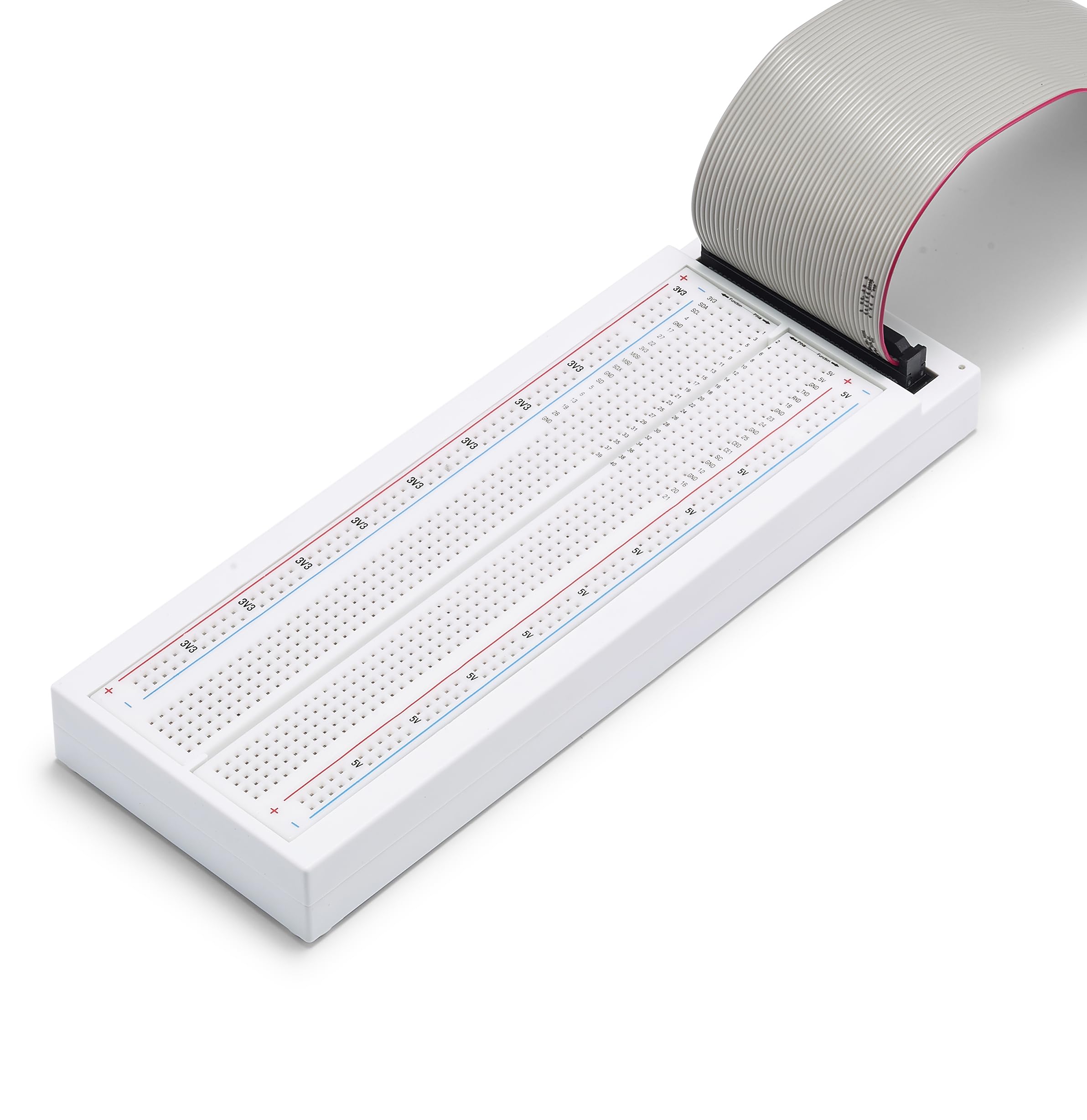Kundendienst
Copyright © 2025 Desertcart Holdings Limited
Desert Online General Trading LLC
Dubai, United Arab Emirates





🔧 Break out your Pi’s potential with precision and ease!
The Vilros Broken Out Breadboard for Raspberry Pi is a compact, lightweight prototyping board featuring a fully open breadboard soldered from the bottom and a 40-pin GPIO cable for seamless Raspberry Pi integration. With clear pin markings and a design optimized for easy access, it empowers developers and makers to build and test circuits efficiently on Linux-based Raspberry Pi systems.
| RAM | LPDDR4 |
| Brand | Vilros |
| Series | Broken out Breadboard |
| Operating System | Linux |
| Item Weight | 7.4 ounces |
| Package Dimensions | 8.43 x 2.95 x 0.94 inches |
| Processor Brand | Broadcom |
| Manufacturer | Vilros |
| ASIN | B0CP1BTSX2 |
| Date First Available | November 26, 2023 |
TrustPilot
vor 5 Tagen
vor 2 Wochen